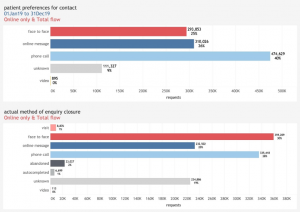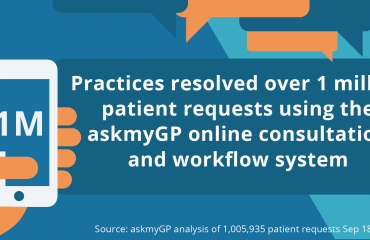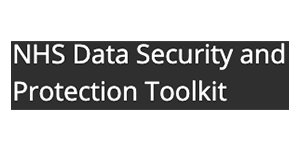The 2019 full year figures from askmyGP reporting patient contact preferences show that when offered a choice of ways to engage with their GP Practice, 25% of patients expressed a preference for a face-to-face appointment, 26% asked to be contacted by secure message and 40% by phone. Data show continued low demand among both patients and clinicians for video consultations (0.08%).

Clinical judgement always takes precedence, meaning in some cases simple queries might be addressed by a quick answer by phone or message, while more complex presentations will warrant a face-to-face appointment, even in cases where this has not been requested by the patient. Practices are not bound by their patients’ contact preferences, but they use the information to guide their responses to patients.
The flow diagram illustrates the transitions between these ‘requested’ and ‘actual’ methods of delivery, indicating that the greatest shift was for patients who had asked for a phone call, but clinicians decided that a face-to-face appointment was needed. The result of these transitions was that clinicians resolved 30% of enquiries face-to-face, 20% via message and 28% by phone. In each case, clinicians were able to make use of the clinical presentation and medical history when selecting how best to address the patient’s needs.

The askmyGP data is drawn from practices with diverse patient populations receiving a total of 1.2 million patient requests during the period. The data illustrates patient contact by clinical episode, with video consultation with the patient’s usual NHS GP offered at no extra cost to either the practice or the patient. Unknown refers to cases where the preference was not recorded, even though help was provided to the patient.
25 February 2020








